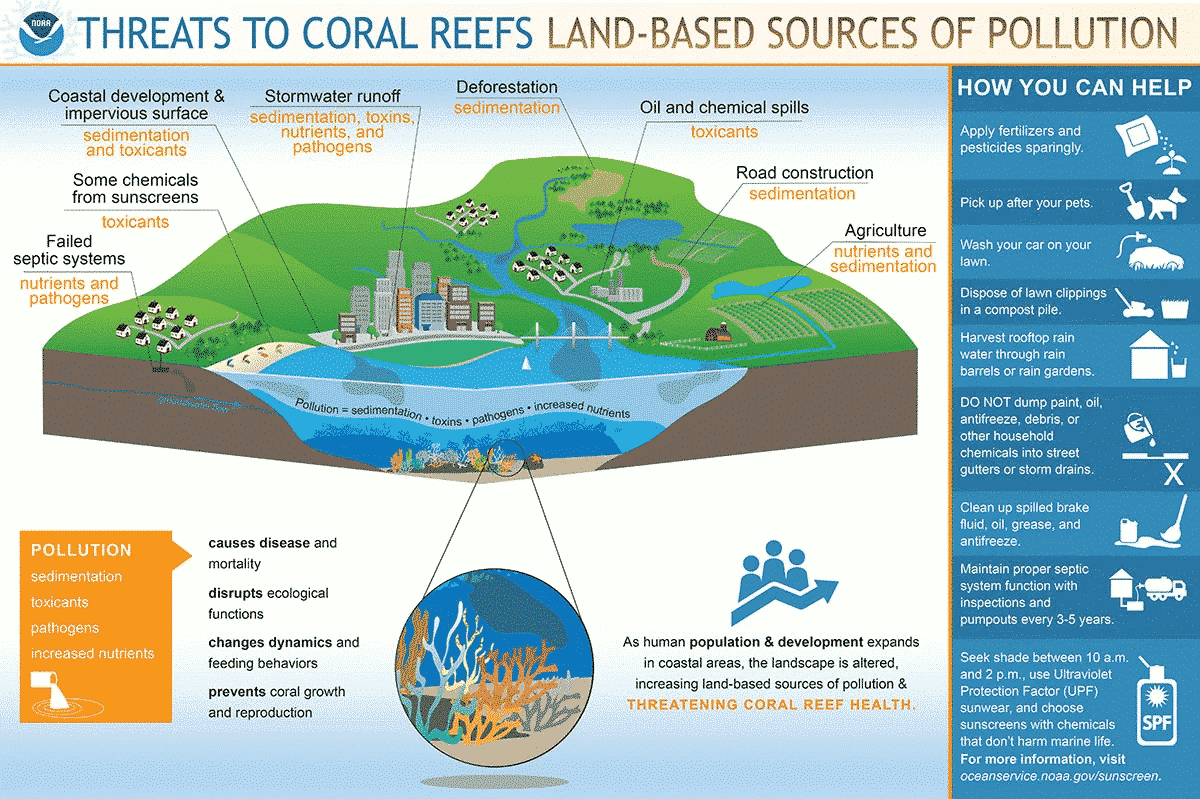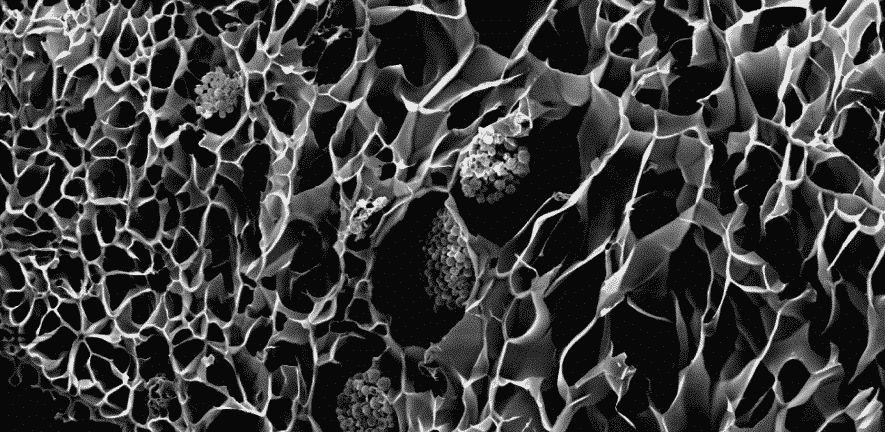We have discovered that coral reefs around the globe are perishing due to the acidity of seawater and warmer sea temperatures, but few men and women realize it is significant to people. If the Great Barrier Reef off the coast of Australia is dead, who cares? Some scuba divers that are wealthy never take it seriously. What a pity. It’s a bit more complex than that.
Let us start by describing what coral is. Is it a plant? Is it a monster? It’s a bit of both. The cherry on the exterior provides. The algae convert sun via photosynthesis to make food for the coral along with themselves. The coral, consequently, provides a habitat for countless species of marine life — species which form an essential link which countless millions of individuals rely on for their sustenance. Without them, people might die of malnutrition, although these algae might appear insignificant.
Researchers at the University of Cambridge and UC San Diego say they’ve discovered a means to a coral that affirms algae’s photosynthesis capacities. “Corals are exceptionally effective at collecting and utilizing mild,” said author Daniel Wangpraseurt, a professor of chemistry in Cambridge. “In our laboratory, we are searching for approaches to mimic and replicate these plans from character for business uses.”
That is for replicating structures with cells, states co-author Shaochen Chen of UC San Diego. “Most of these cells will die if we were to use traditional extrusion-based or inkjet processes because these methods take hours. It would be like keeping a fish out of the water. The cells that we work with won’t survive if kept too long out of their culture media. Our process is high throughput and offers really fast printing speeds, so it’s compatible with human cells, animal cells, and even algae cells in this case.”
The researchers discovered growth rates of a few have been 100 times greater compared to liquid growth mediums and analyzed various kinds of micro-algae. They utilized a quick technique capable of replicating. The method utilizes an analog to ultrasound called optical coherence tomography using the versions for their layouts and to scan corals.
The custom-made 3D-bioprinter utilizes light to publish coral micro-scale constructions in moments. The coral copies possessions that are light-harvesting and coral constructions, making an arrangement micro-environment for the microalgae using micrometer-scale settlement in minutes. The coral motivated structures are effective at redistributing mild, exactly.
“We developed an artificial coral tissue and skeleton with a combination of polymer gels and hydrogels doped with cellulose nano-materials to mimic the optical properties of living corals,” states co-author Silvia Vignolini, as well as the Department of Chemistry in Cambridge. “Cellulose is an abundant bio-polymer. It is excellent at scattering light and we used it to optimize the delivery of light into photosynthetic algae.”
Wangpraseurt adds, “By copying the host micro-habitat, we can also use our 3D bio-printed corals as a model system for the coral-algal symbiosis, which is urgently needed to understand the breakdown of the symbiosis during coral reef decline. There are many different applications for our new technology.
“We have recently created a company called Mantaz that uses coral inspired light-harvesting approaches to cultivate algae for bio-products in developing countries. We hope that our technique will be scalable so it can have a real impact on the algal bio-sector and ultimately reduce greenhouse gas emissions that are responsible for coral reef death.”
According to TechCrunch, the study isn’t viewed as a means to restore dying coral reefs but instead as a means to produce new coral. This could result in a better comprehension of the ecosystem where the venture that is coral-algae thrives and how it can be nurtured. The understanding gained can help rescue coral reefs.



